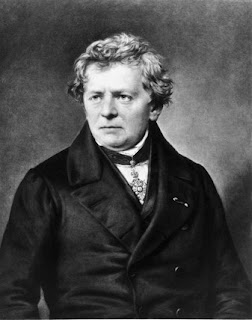What are transient circuits?
The literal
meaning of the word ‘transient’ is ‘lasting a very short time’. Transient
circuits are those which have their circuit variables changing with time. But
this occurs for a very short period of time and therefore they are termed as
‘Transient’.
Further
explaining, when a circuit is switched from one condition to another either by
change of source or by alteration of circuit elements, the currents and
voltages change from their initial values to new values. These changes take a
short spell of time to settle to their steady state till further switching is
done. This brief spell of time is called transient time and the value of the
variables (current and voltage) during this period is called transient value.
When a DC
voltage is applied to a ‘capacitor and a series resistor’ OR ‘a inductor and a
series resistor’, there is a short period of time immediately after the voltage
is connected, during which the circuit variables across the elements are
changing. These changing values are called transients.
Why study transient behavior?
Though the
circuits exhibiting this transient behavior appear to be very simple and
elementary, they are of immense importance to us.
A
familiarity with these simple circuits will enable us to predict the accuracy
with which the output of an amplifier can follow an input which is changing
rapidly with time or to predict how quickly the speed of a motor will change in
response to a change in its field current.
The
knowledge of the working and performance of these simple circuits will help us
to do modifications to the amplifier or motor in order to obtain a more
desirable response.
Where are these circuits used?
They find
their use as coupling networks in electronic amplifiers, as compensating
networks in automatic control systems, as equalizing network in communication
channels, and in many other ways.
How to analyze?
These
circuits, in general are represented by differential equations. Thus, they can
be analyzed by formulating and finding the solutions of the differential
equations. The solution of the differential equation represents a response of
the circuit is also called the ‘natural response’ of the circuit.
TYPES OF TRANSIENT CIRCUITS –
Transient
circuits have been divided into two types:
1. First order circuits (characterized by
first order differential equations) –
(a) Series RL circuit
(b) Series RC circuit
2. Second order circuit (characterized
by second order differential equations) -
(a) Series RLC circuit
(b) Parallel RLC circuit




































